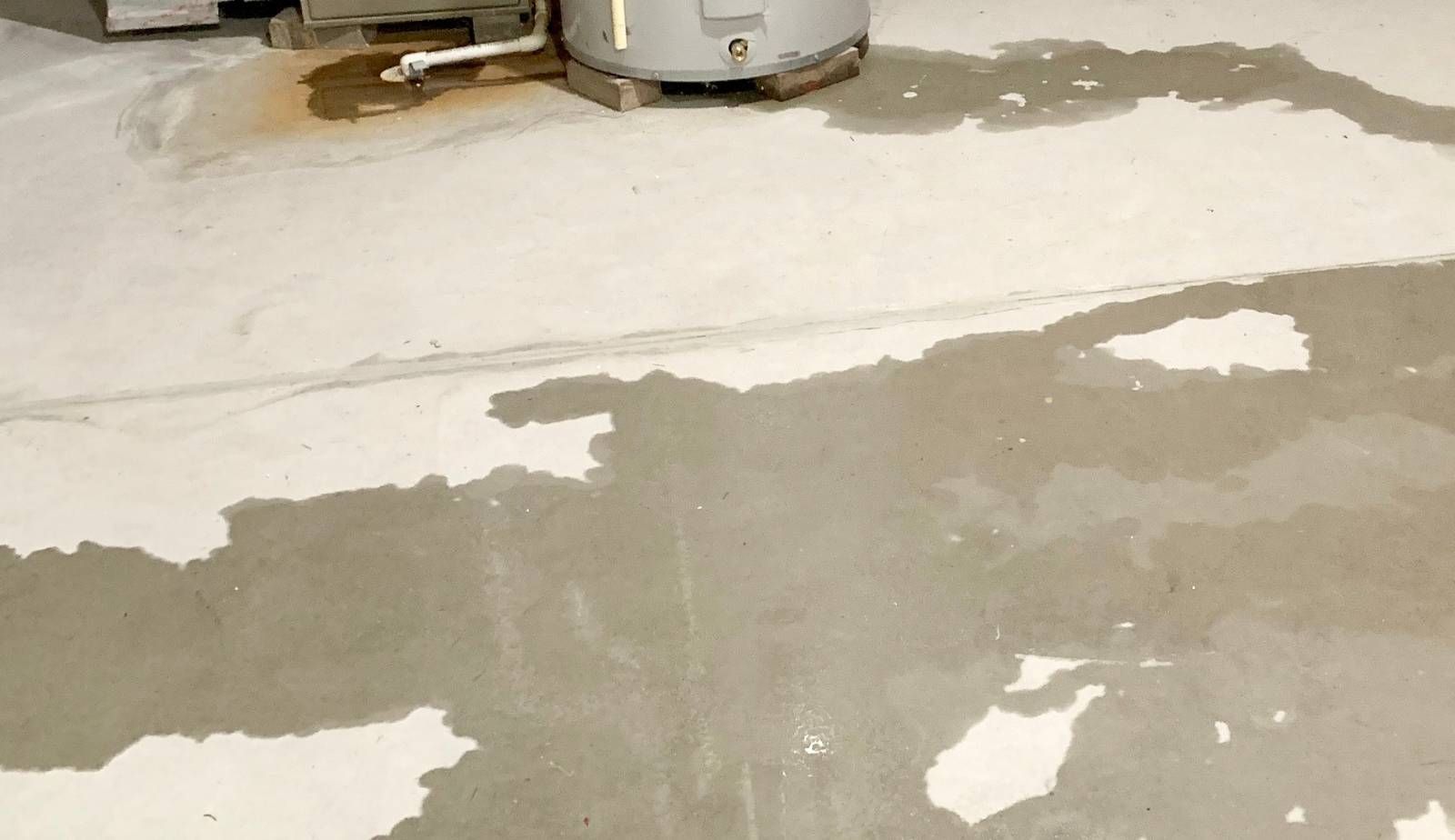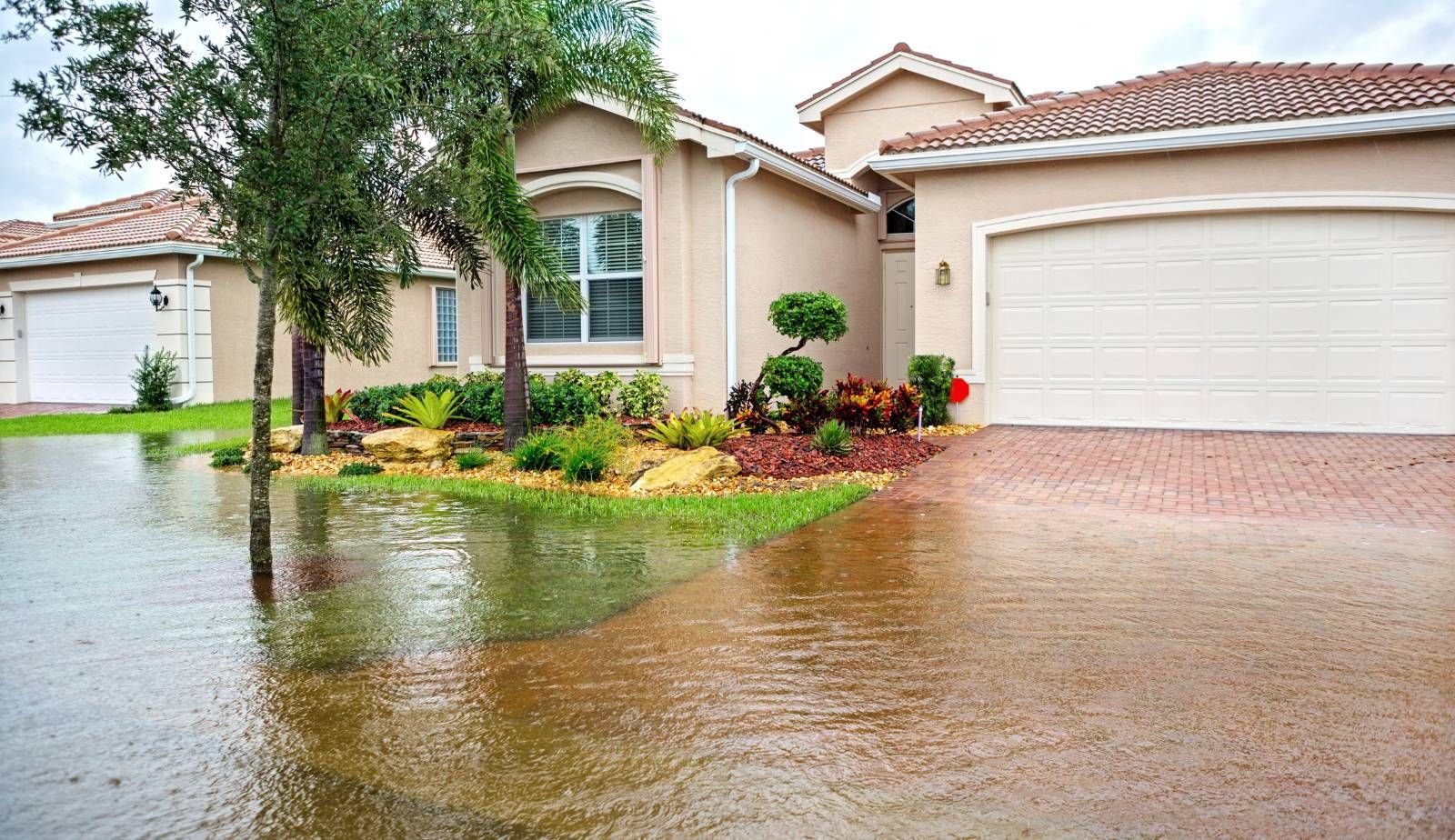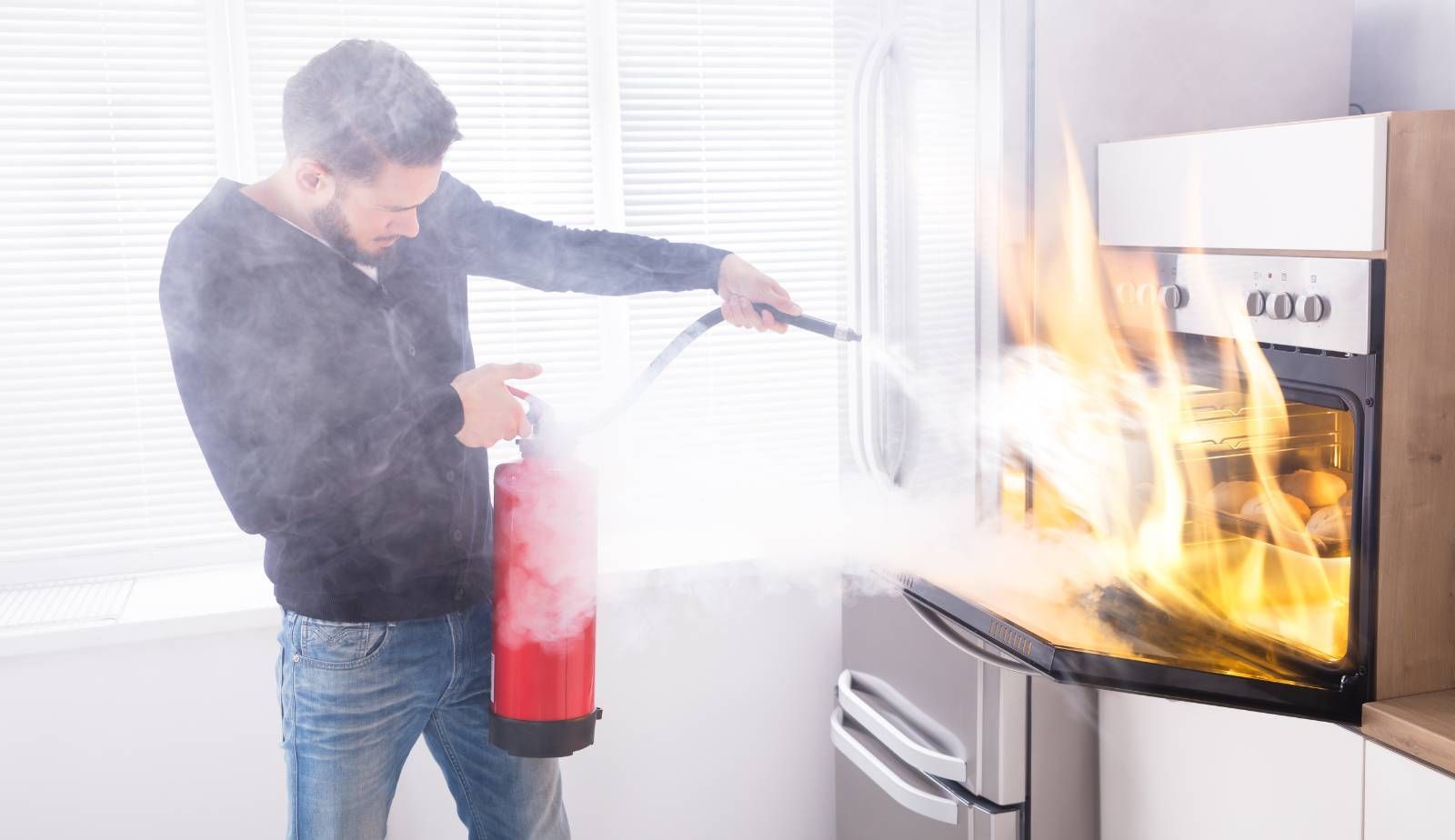By Thomas Duff
•
June 30, 2025
Water damage poses significant risks for homeowners in Louisiana, particularly for those with slab foundations. Slab homes, while popular for their stability, face unique vulnerabilities to water intrusion that can go unnoticed until substantial damage occurs. The challenges arise from the moisture-rich environment of Louisiana, where heavy rainfall can lead to water accumulation under the slabs, causing hidden structural issues. Homeowners may not realize that even minor leaks can result in major complications over time, including weakening of the foundation and damage to interior spaces. Signs of water damage may start as simple cracks in flooring or walls but can escalate into costly repairs if not addressed promptly. Knowing how to identify these initial warning signs is crucial for maintaining the integrity of a home built on a slab foundation. Drymax offers effective solutions to tackle water intrusion concerns commonly faced in Louisiana. By focusing on preventative measures and the proper management of moisture levels, they help safeguard homes from the detrimental effects of water damage, ensuring a healthier living environment for residents. Understanding Slab Foundations in Louisiana In Louisiana, slab foundations are commonly used due to their cost-effectiveness and suitability for the region's climate. Understanding their construction and the challenges they face is crucial for homeowners. How Slab Foundations Are Constructed Concrete slab foundations consist of a thick concrete slab that is poured directly on the ground. The typical process includes excavating the site, laying a gravel base for drainage, and reinforcing the slab with steel rebar or wire mesh. Once the forms are set, concrete is poured and allowed to cure. In Louisiana, it is essential to ensure that the slab is level and properly designed to handle geographic and climatic factors. Additionally, vapor barriers are often installed to reduce moisture intrusion from the ground. This construction practice aims to provide a stable base for the structure while addressing potential water issues . Environmental Challenges for Concrete Slab Foundation Louisiana’s unique environmental conditions can pose significant challenges for concrete slab foundations. The state has a high water table, frequent rainfall, and expansive clay soils that can shift. These conditions lead to potential water intrusion and soil movement. Excess moisture can result in hydrostatic pressure beneath the slab, leading to cracks or heaving. Homeowners must be vigilant for early signs of water damage , such as cracks in floors or walls. Proper drainage systems and regular inspections are critical. Comparison: Slab vs. Pier and Beam Foundations When comparing slab foundations to pier and beam foundations, significant differences emerge. Slab foundations offer a solid, stable base directly on the ground, minimizing the risk of pests and providing ease of access. In contrast, pier and beam foundations elevate the home, allowing for ventilation and reducing the risk of moisture issues. This elevation is particularly beneficial in flood-prone areas. However, pier and beam foundations can require more maintenance. Ultimately, the choice between the two often depends on specific homeowner needs, local building codes, and environmental conditions in Louisiana. Each foundation type has its own advantages and disadvantages that should be carefully considered. Unique Vulnerabilities of Slab Homes Slab homes in Louisiana face unique challenges due to the state's environmental conditions. Understanding these vulnerabilities is crucial for homeowners to protect their properties from potential water damage and structural issues. Water Intrusion Pathways Water intrusion in slab homes often occurs through various pathways, especially in flood-prone areas. Cracks in the slab can develop over time, allowing moisture to seep in. Additionally, plumbing leaks beneath the slab can lead to significant problems. These leaks are often undetected initially, resulting in prolonged exposure to water, which can compromise the integrity of the foundation. Furthermore, soil saturation can cause water to migrate toward the slab. If drainage systems are inadequate, water can pool around the foundation, increasing the risk of intrusion. Homeowners should regularly inspect their properties for cracks and employ proactive maintenance to mitigate these risks. Foundation Damage Risks The risk of foundation damage is significant with slab homes, particularly in regions with high humidity and heavy rainfall. Expansive clay soils in Louisiana can swell when wet, applying intense pressure against the foundation. This can lead to issues such as foundation upheaval or settling, which can cause structural damage. Moreover, prolonged exposure to moisture can weaken the concrete slab. It may also result in mold growth , creating health hazards. Homeowners should remain vigilant about maintaining proper drainage and addressing any signs of foundation distress. Hiring professionals for foundation assessments can be beneficial in preventing severe damage. Impact of High Humidity and Heavy Rainfall Louisiana’s climate poses additional risks due to its high humidity and frequent heavy rainfall. These environmental challenges can exacerbate issues related to water intrusion. High humidity levels lead to increased moisture saturation in the air, which can affect building materials and promote mold growth. Heavy rainfall can overwhelm drainage systems, allowing water to pool around the home. This prolonged saturation increases the likelihood of water entering through cracks or unsealed areas. Homeowners must be proactive in managing their landscape and ensuring gutters are clear and functioning properly. Implementing strategies to divert water away from the foundation is critical for long-term protection against water-related problems. Warning Signs of Water Damage Beneath Slab Foundations Homeowners should be vigilant about specific indicators of water damage affecting slab foundations. Recognizing these signs early can prevent costly repairs and maintain the property’s integrity. Below are critical warning signs to watch for. Cracks in Walls and Floors Cracks can appear in both walls and floors as a warning sign of water damage. Horizontal or diagonal cracks in walls may indicate that water accumulation is causing the foundation to shift. Similarly, cracks in the concrete slab can reveal that moisture is compromising structural stability. These cracks may be small at first but can widen over time, leading to more severe issues. Homeowners should monitor the size and location of these fissures. If cracks exceed a quarter-inch in width or change suddenly, it may be time to investigate further. Uneven and Sagging Floors Uneven or sagging floors are another significant warning sign of potential water damage beneath slab foundations. This unevenness often occurs when excessive moisture causes the ground beneath the slab to erode or shift. Sagging can lead to increased stress on the foundation, resulting in further structural complications. Homeowners may notice that certain areas of the floor feel uneven or that doors and windows become misaligned. Regularly checking the level of floors can help identify these changes early, allowing for timely intervention. Mold and Mildew Presence The presence of mold and mildew is a clear indication of moisture problems related to slab foundations. These fungi thrive in damp environments, making them a strong indicator that water may be pooling beneath the surface. Homeowners should be particularly cautious if they detect a musty odor or see mold growth on walls or floors. Mold can pose serious health risks. If visible mold is found, quick action is essential to address the underlying moisture issue. Proper ventilation and moisture control can help mitigate these risks. Structural Issues and Shifting Structural issues, including shifting, can severely impact the stability of slab homes. If a homeowner notices unusual movement in floors or walls, it may be a sign that the foundation is settling unevenly due to water damage. Shifting can lead to significant stress on the entire structure, creating risks for the occupants. Common signs of shifting include doors that stick, cracks in the exterior, and gaps around windows or doors. It's crucial for homeowners to conduct regular inspections of their property to catch these signs early and seek professional evaluation if symptoms persist.




